Because the processed material and the coolant are moved through separate circuits in a closed loop cooling tower system, it is not necessary for the two substances to be compatible as is the case in open systems. Additionally, this isolation eliminates room for contamination which can be harmful to human health and reduce operational efficiency. Although the initial cost of closed loop cooling towers can be greater than other cooling tower systems, the lower maintenance costs make indirect cooling a long-term cost effective option. Read More…
Our LCC, Closed circuit cooling towers are used to avoid the generating of deposits and scales because of the direct contact between the cooled fluid and air. This will avoid clogging and corroding problems. This closed-circuit cross flow tower is required in those areas with poor water quality or when the cooled fluid or equipment will tolerate no pollution at all. In addition to our...

As a leader in the industry, we have become competitive in all types of cooling tower projects of any size and design. We are constantly developing newer methods to serve the growing needs in the industry, and our efforts have led us to become a highly competitive, full-service engineering, design, and repair contractor. Our emphasis on performance and low maintenance continues to give STAR the...

Since 2004 Composite Cooling Solutions (CCS) has been a supplier for cooling tower solutions. Though CCS was officially created in 2004, our staffs experience in the field goes back over a century and a half. We specialize in creating concrete cooling towers with both counterflow and crossflow configurations. With our extensive background in the industry and our growing number of cooling tower...

At Cold Shot Chillers, we create a number of chilling systems, including cooling towers. Our products are designed for durability and cost effectiveness. Our engineers can easily custom build any machine to fit the needs of a particular application.

More Closed Loop Cooling Tower Manufacturers
As 100% of fluids are returned to circulation rather than being evaporated, water costs are lowered. Similarly, levels of thermal pollution are lower as there are no exhaust fumes into the atmosphere. The many benefits of closed loop cooling towers allow their use in several commercial and industrial settings such as air conditioner cooling or HVAC cooling towers, water treatment, power generation, plastic and paper manufacturing.
While specific models may vary, the closed loop system works in a manner similar to refrigeration units. An external circuit houses a second circuit which is composed of coils, or tube like bundles. These coils or bundles contain the coolant and are curved or wound to increase the surface space allowing more productive cooling. As the cooled agent is moved through the interior circuit, the hot processed materials flow around it.
The surface between the two is made of conductive materials and acts as a heat exchanger. Heat moves from the process substance to the coolant, thereby lowering its temperature and allowing it to be returned to circulation. After the temperature of the coolant drops back down, it too may be reused. In some systems the placement is reversed and the coolant runs through the exterior channel surrounding the hot fluid, but the general heat exchange process remains the same.
Materials used in the development of industrial cooling towers vary as they need to suit a variety of needs. In general, carbon, stainless steel, copper and ceramics are used because of their conductive qualities and durability. Forced or induced draft techniques may be used to move air or fluids through closed loop cooling towers to increase performance and process efficiency.






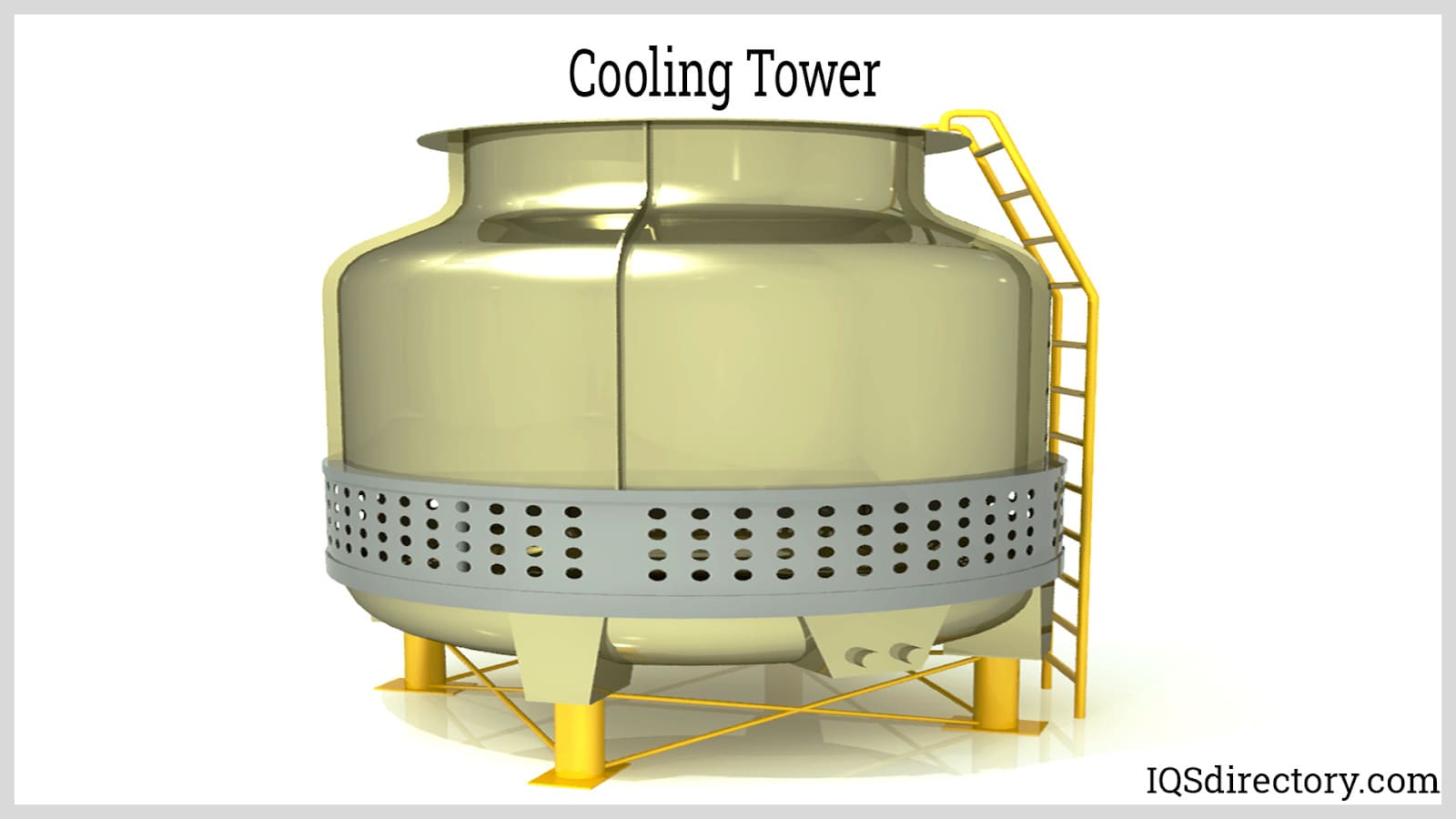
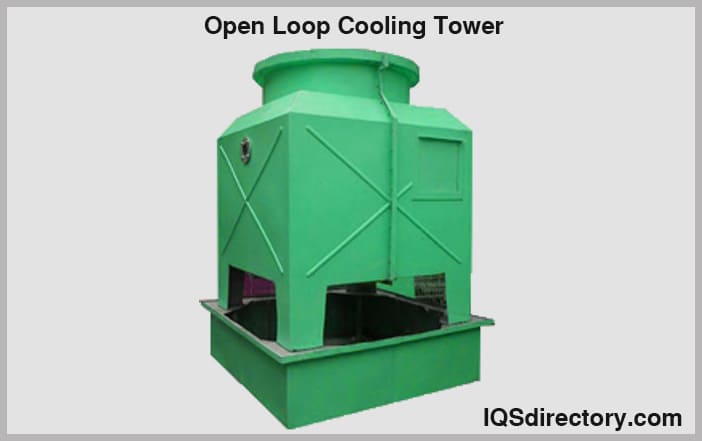
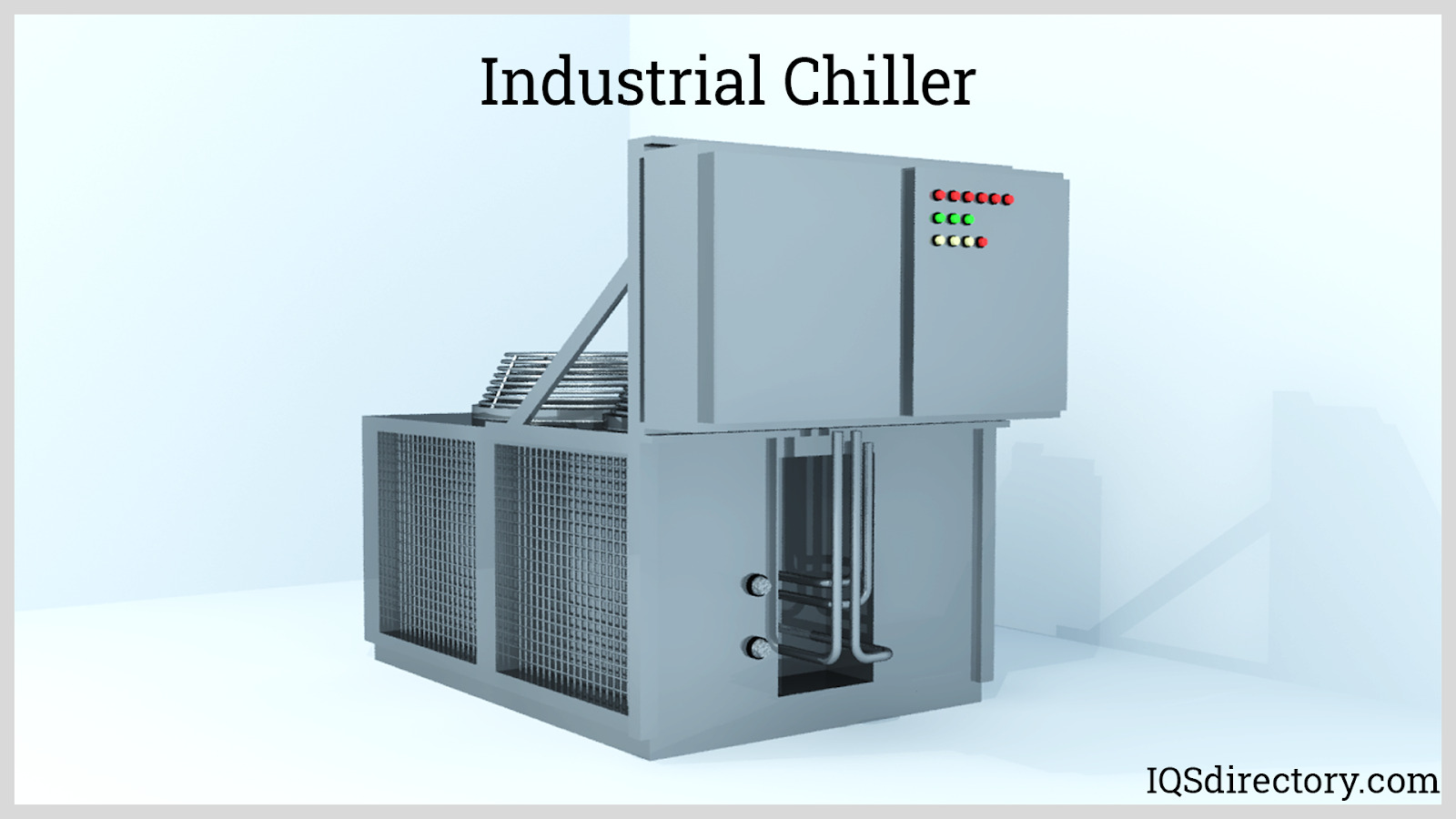
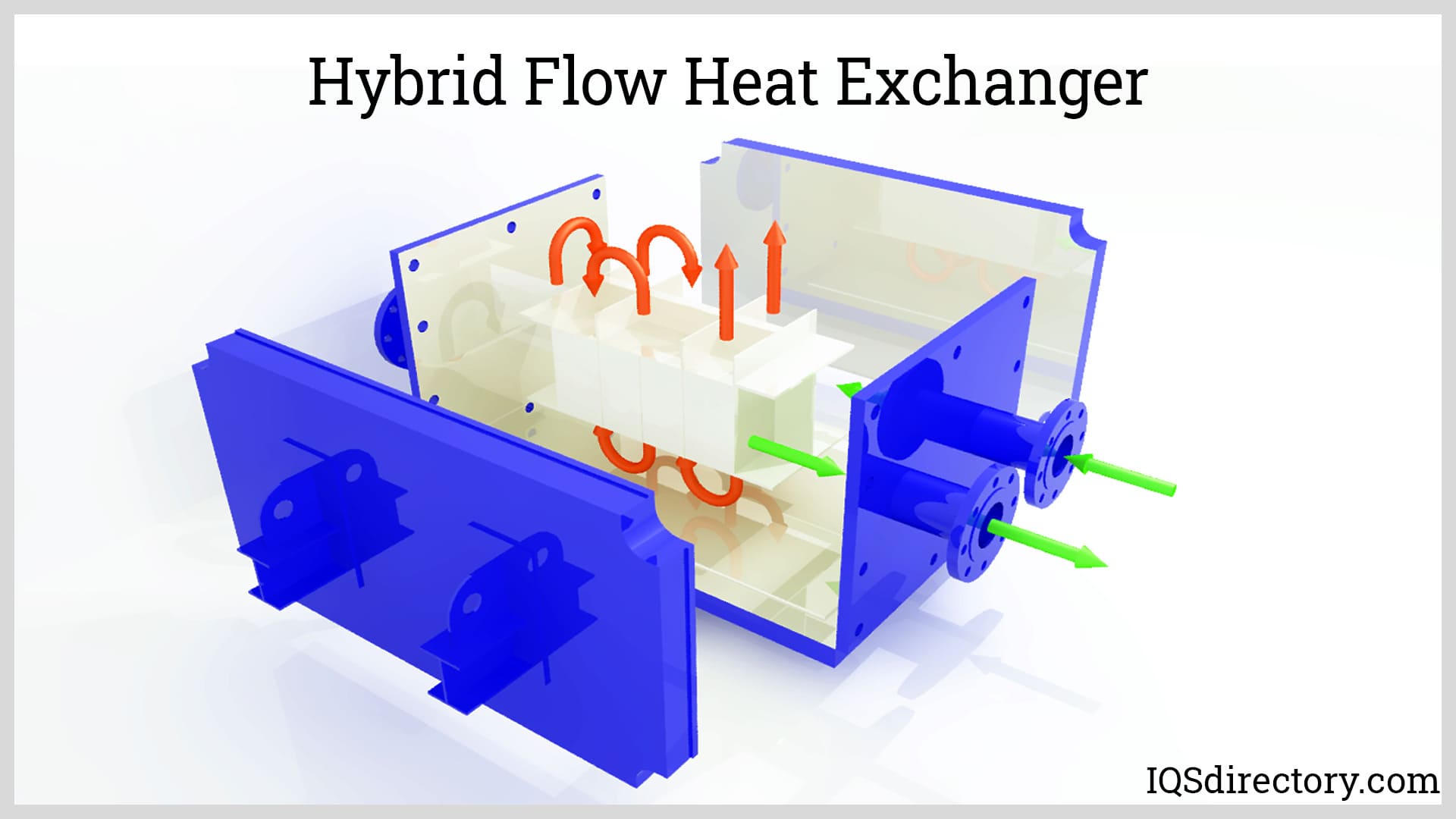
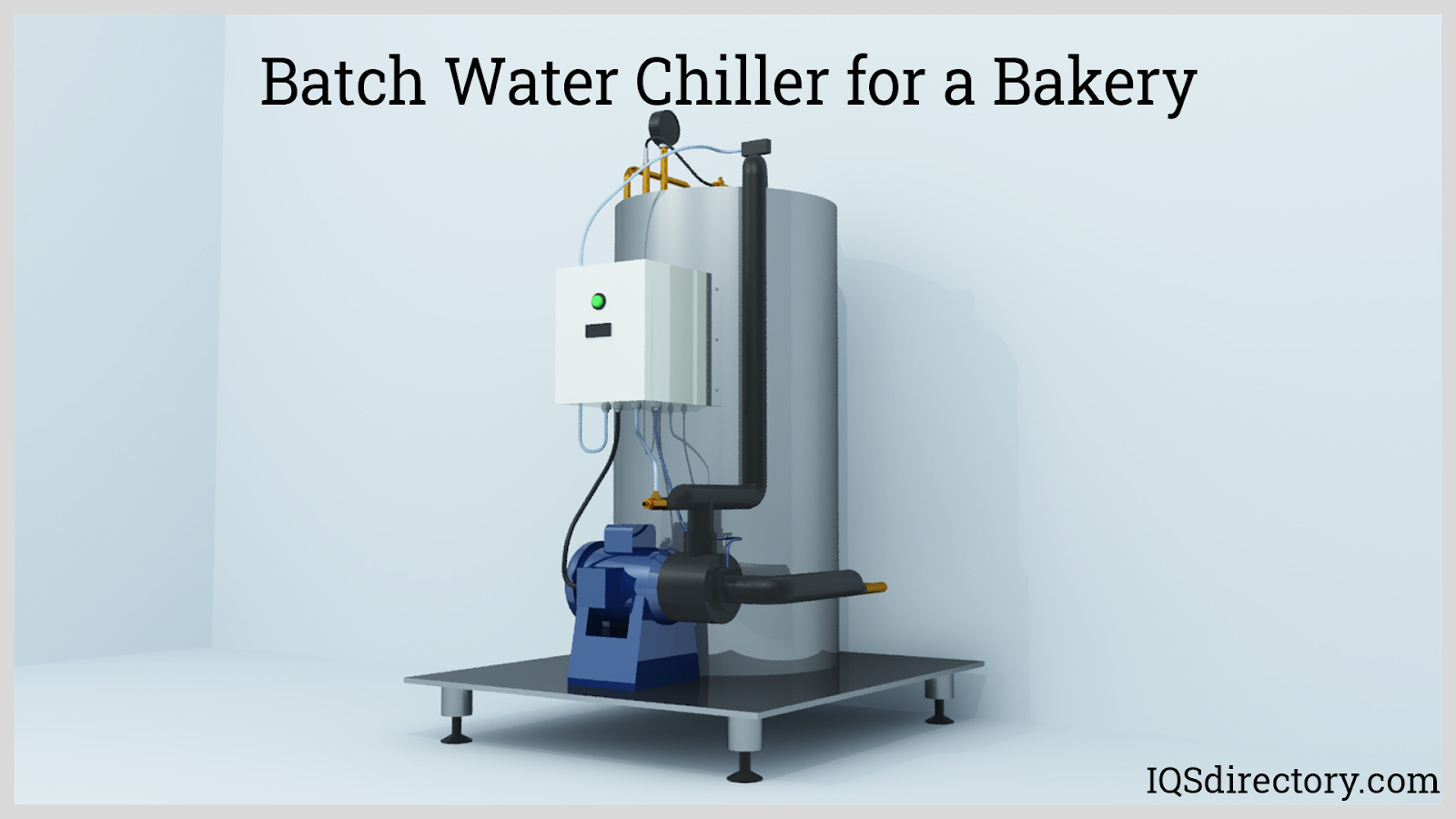
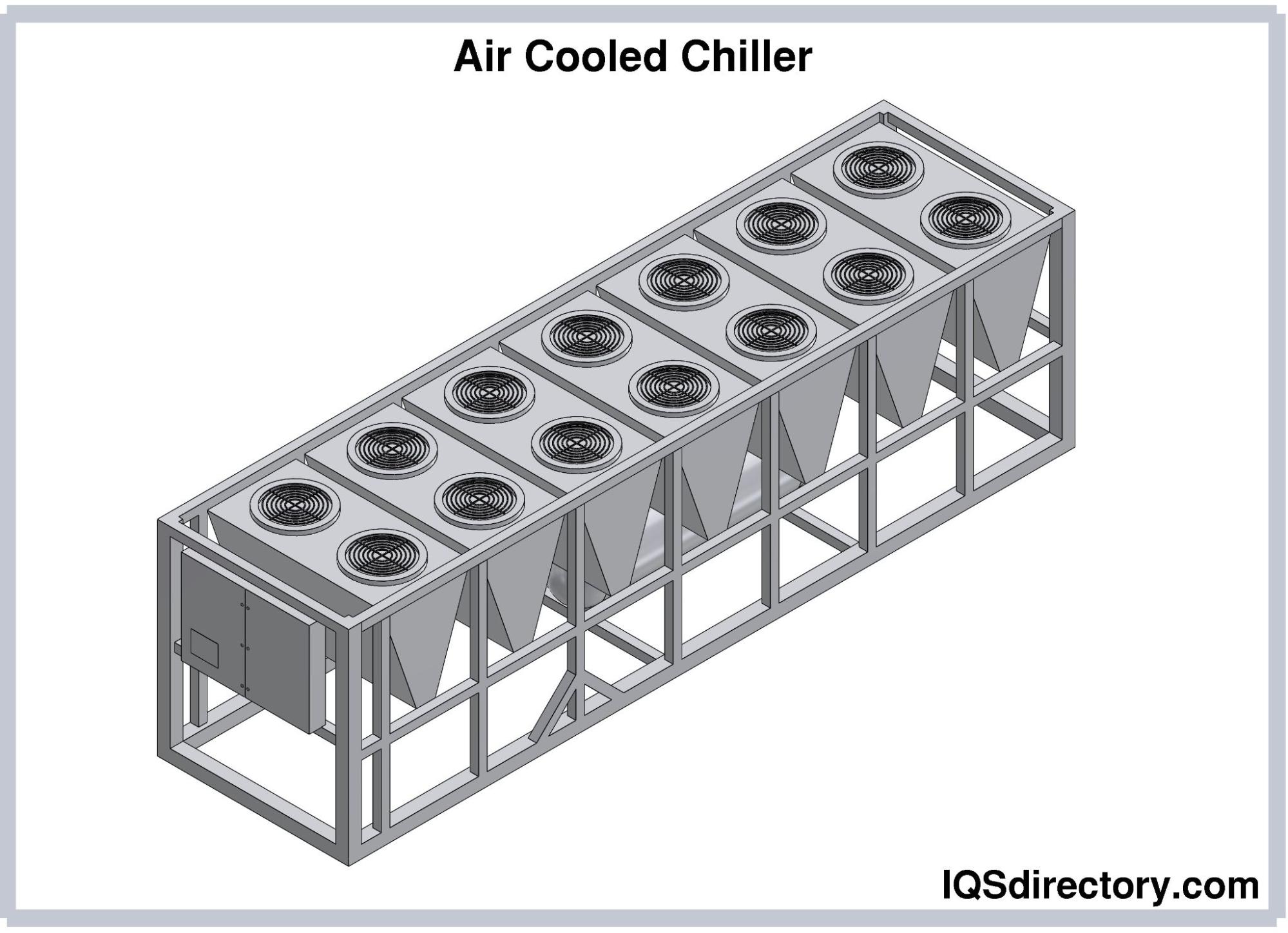
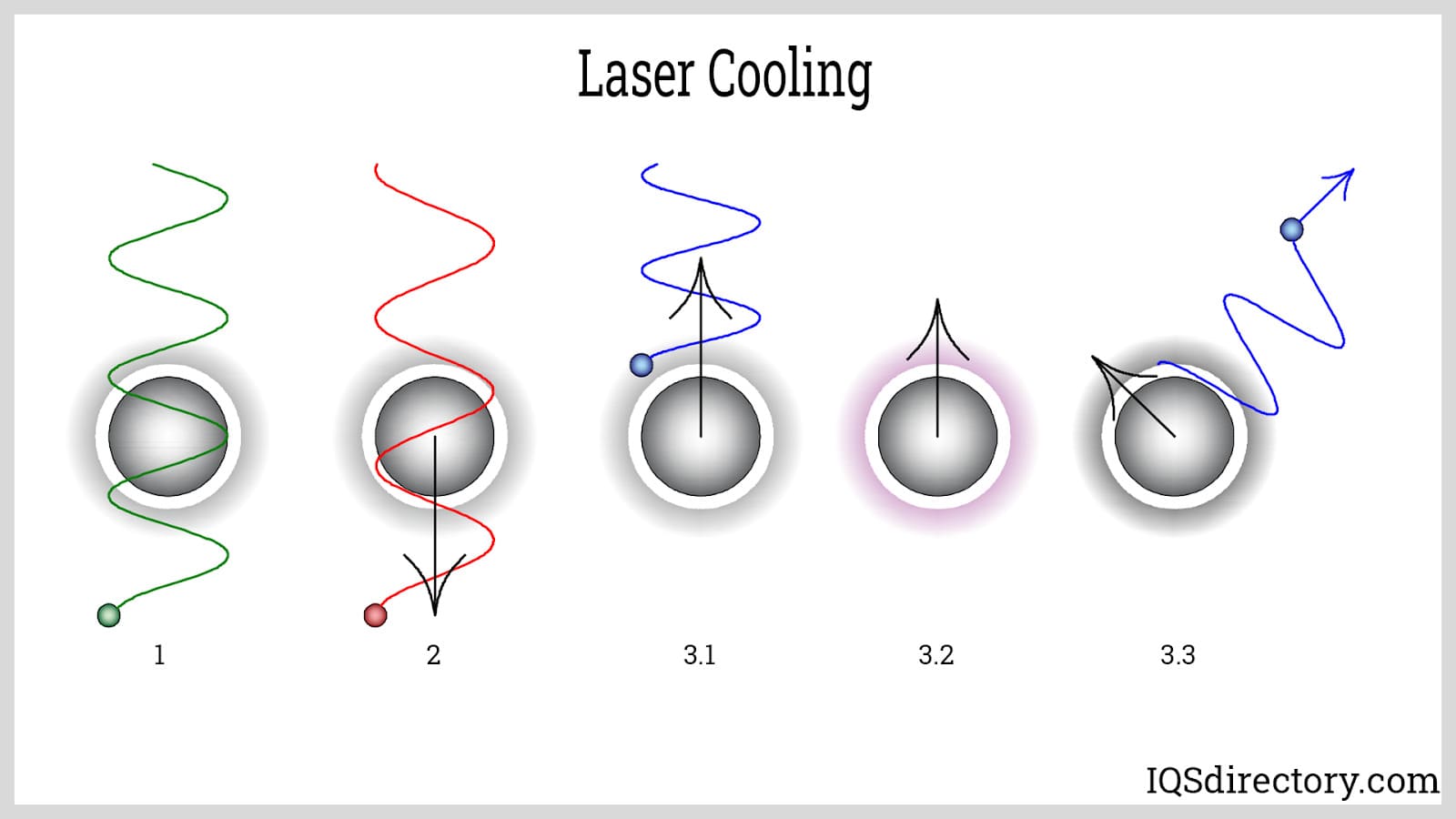
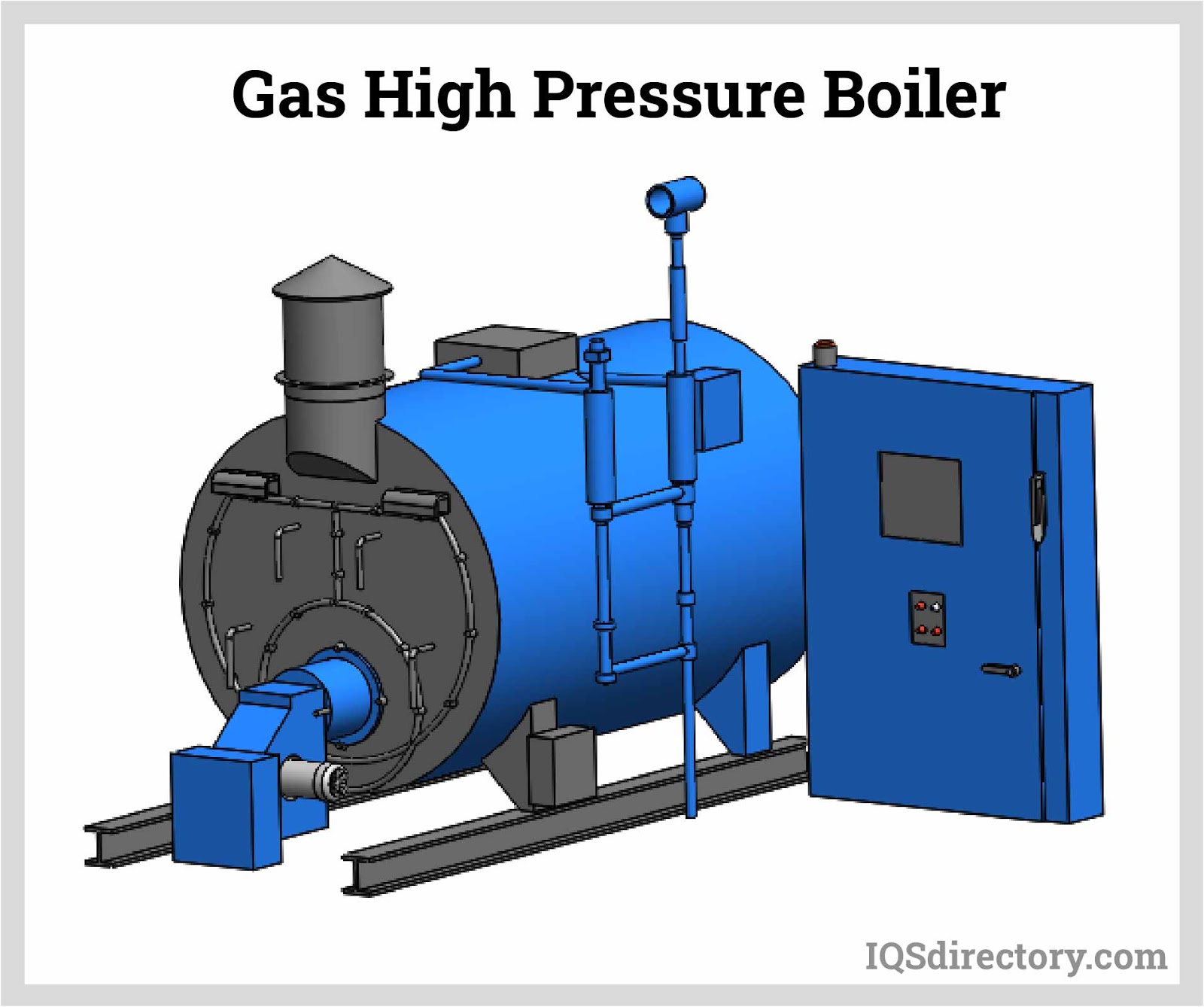
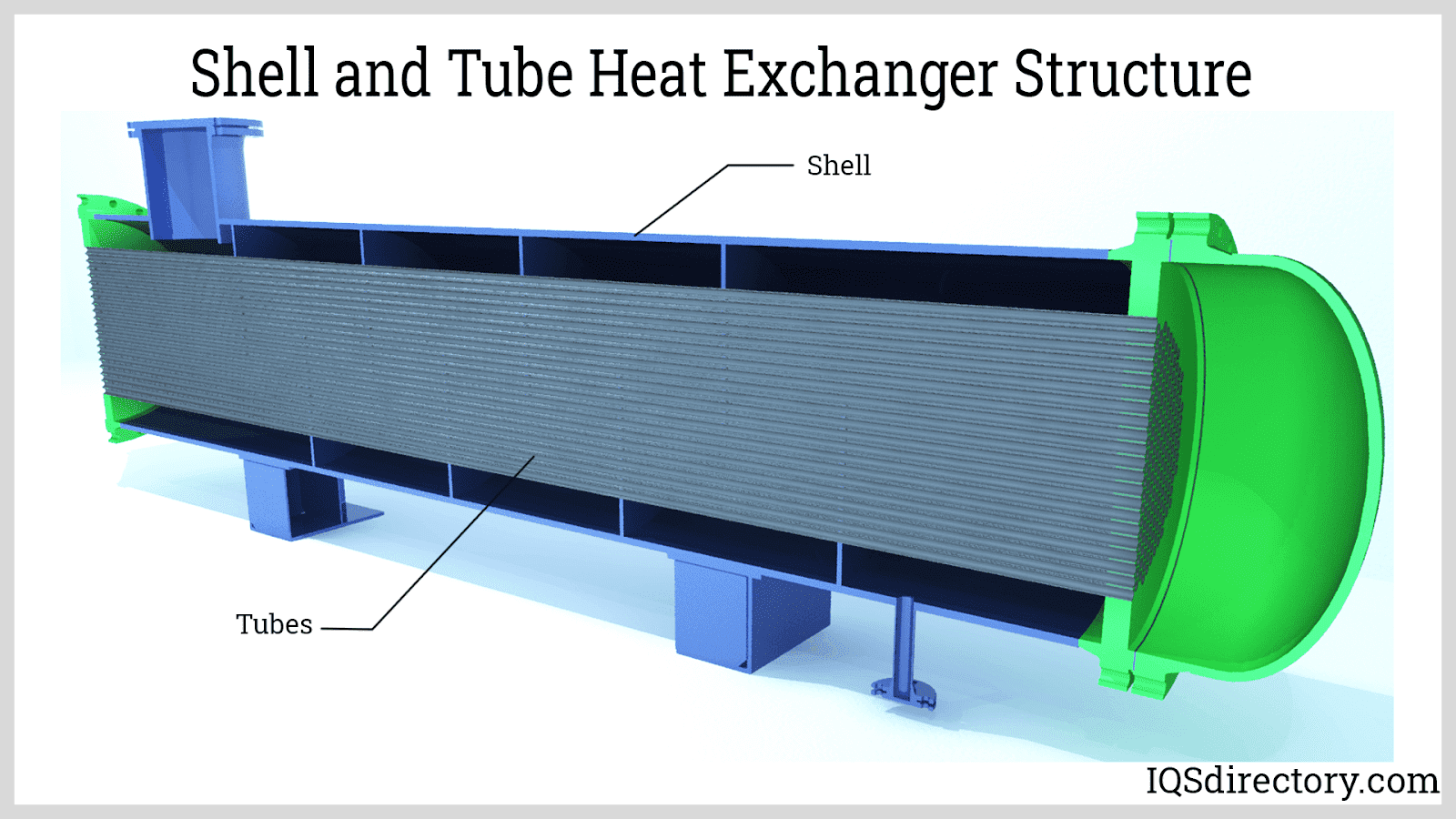
 Boilers
Boilers Chillers
Chillers Cooling Towers
Cooling Towers Furnaces
Furnaces Heat Exchangers
Heat Exchangers Heat Transfer Equipment
Heat Transfer Equipment Castings & Forgings
Castings & Forgings Bulk Material Handling
Bulk Material Handling Electrical & Electronic Components
Electrical & Electronic Components Flow Instrumentation
Flow Instrumentation Hardware
Hardware Material Handling Equipment
Material Handling Equipment Metal Cutting Services
Metal Cutting Services Metal Forming Services
Metal Forming Services Metal Suppliers
Metal Suppliers Motion Control Products
Motion Control Products Plant & Facility Equipment
Plant & Facility Equipment Plant & Facility Supplies
Plant & Facility Supplies Plastic Molding Processes
Plastic Molding Processes Pumps & Valves
Pumps & Valves Recycling Equipment
Recycling Equipment Rubber Products & Services
Rubber Products & Services